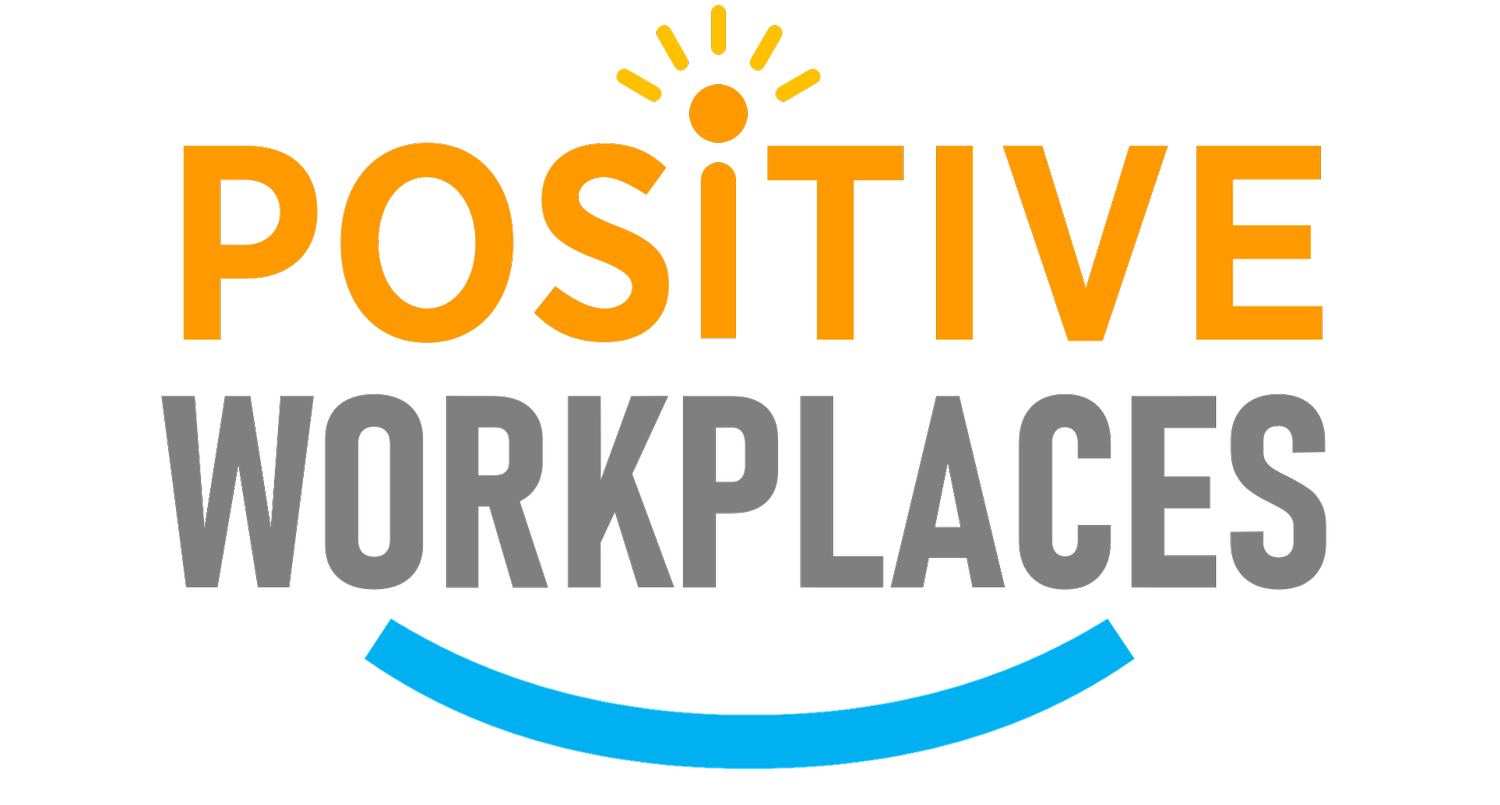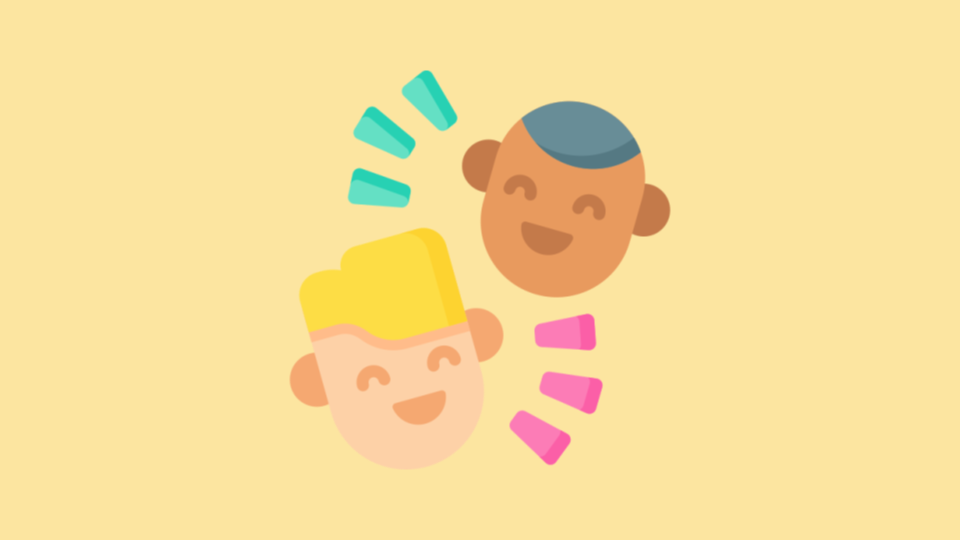Stressed at Work? Try Laughter Therapy
Distress is not just a mental response but also a physical one, so you can actually trigger stress relief through certain body actions like laughter. Our body can’t actually distinguish between real (spontaneous) and fake (simulated) laughter, so any kind of laughing will have a real impact.
While laughter is not a sufficient substitute for conventional psychological treatment, a few chuckles and giggles can do anyone good.
What are the Benefits of Laughing?
Laughter, especially the mirthful kind, involves a lot of muscles, so it can sometimes have the same bodily response as exercise
It stimulates the release of catecholamines, which facilitate the release of endorphins, which relieve stress and pain. Some studies have also shown that laughter can increase the pain threshold by 10%
It can lead to more feelings of hopefulness
It can also bring people together and strengthen your relationship with others. Humor, after all, is better practiced when you have other people to laugh with you. It can be an effective combatant of tension and conflict
What is Laughter Therapy?
Laughter therapy, whether individually or in groups, aims to make people laugh in an effort to reduce stress and make people happier. It has been empirically studied since the 1970s: Dr. Madan Kataria, who developed laughter yoga in Mumbai, India, brought the practice to the mainstream. It was even more popularized by Dr. Hunter “Patch” Adams, who believed healing should be human interaction, not a transaction.
Laughter therapy techniques don’t necessarily stress jokes, but a space to come together and simply laugh. As mentioned, the simple act of physically laughing can trick your brain into relieving your stress.
Getting Started
Here are five rules for any laughter therapy exercise according to researcher Ramon Ripoll:
Laughter should feel good. Nothing in the body should be feeling uncomfortable or painful.
Fake laughing is fine: it still has the same benefits, and often it can lead to real, spontaneous laughter.
When in a group, be present and connect with those around you. Laughter, after all, is contagious.
Let laughter flow freely. It can be easy to feel guarded or awkward, so take this opportunity to just let loose and laugh, even without a punchline.
Move around and don’t be afraid to be loud. Joyful energy is noisy!
Warming Up
Now that you have an idea of what to expect, try out these warm-up laughing exercises:
Gradient laughter: Start with curling your lips upward into a toothless smile, then slowly bring the apples of your cheeks up and let your smile gradually reach your eyes; giggle slowly, then let it grow into laughter
Hearty laughter: Raise your arms, laugh from the heart, bring your arms back down, then repeat
Getting Into It
All warmed up, you’re ready for the next step:
Vowel laughter: Laugh loudly, doing all the vowels
Ha-ha-ha
He-he-he
Hi-hi-hi
Ho-ho-ho
Hu-hu-hu
Closure
As the exercise draws to a close, let’s cool off with the final step:
Silent laughter: Pretend you’re in a situation where you’re not supposed to laugh but you find something funny anyway, and secretly giggle to yourself












